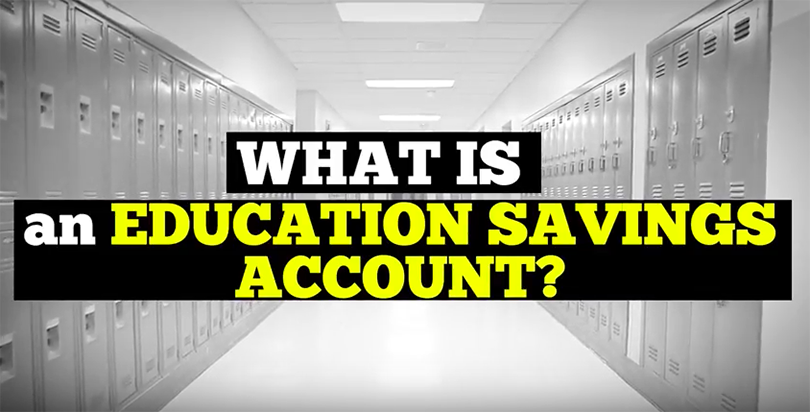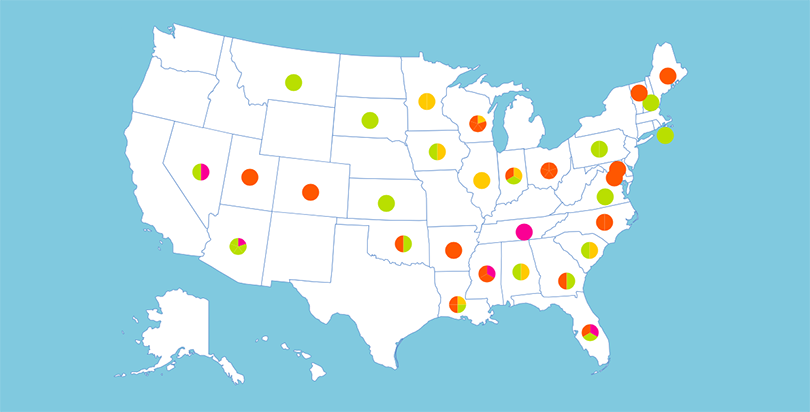Video Explainer: Understanding Education Savings Accounts — in 90 Seconds or Less


Four things to know about the history of ESAs:
1. The very first savings account: Education savings accounts were first created in Arizona in 2011 to help students with special needs. Under most ESA programs, families get a special debit card to pay for private school, online courses, tutoring, books, transportation, even counseling or therapy.
2. ESAs for special student populations: Tennessee, Florida, and Mississippi also have ESAs for special-needs kids.
3. Arizona casts a wider net: Arizona also offers ESAs to students who are in foster care, belong to military families, or attend a failing school.
4. Nevada: Nevada’s ESA program is the broadest in the country. It is open to any child in the state who has spent 100 days or more in a public school. After a court challenge, Nevada’s ESA program was declared constitutional in 2016. But the funding mechanism was declared unconstitutional.
Nevada is letting families apply for ESAs as the state tries to figure out how to fund them.

Get stories like these delivered straight to your inbox. Sign up for The 74 Newsletter

;)